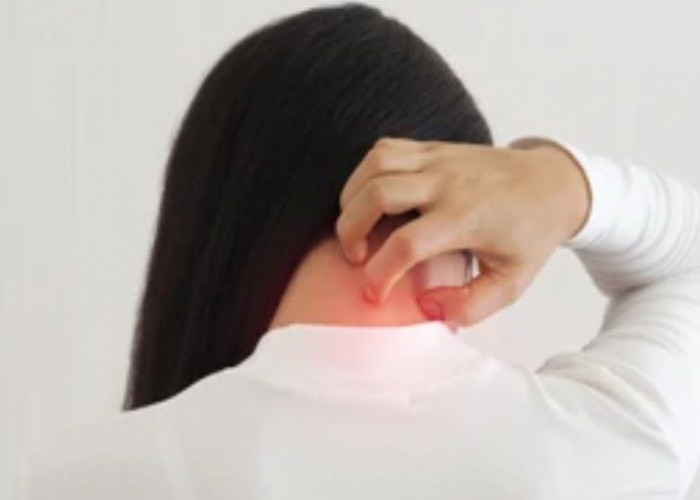 Welcome
Welcome
“May all be happy, may all be healed, may all be at peace and may no one ever suffer."
Cervical dystonia

Cervical dystonia, also known as spasmodic torticollis, is a neurological condition that causes involuntary contractions of the neck muscles, resulting in abnormal movements and postures of the head and neck. Symptoms of cervical dystonia can vary in severity and may include neck pain, twisting or tilting of the head, difficulty with tasks that require sustained head or neck positions, and spasms that worsen with stress or fatigue. The exact cause of cervical dystonia is not well understood, but it is thought to involve a combination of genetic and environmental factors. Treatment for cervical dystonia may include medications, physical therapy, botulinum toxin injections, and in some cases, surgery. A team of healthcare providers, including specialists in neurology, physical therapy, and rehabilitation, can work together to develop a personalized treatment plan that meets individual needs and goals. While there is currently no cure for cervical dystonia, treatment can help manage symptoms and improve the quality of life for those affected by the condition.
Research Papers
Disease Signs and Symptoms
- Neck pain
- Stiffness of neck muscles
- Headaches
Disease Causes
Cervical dystonia
In most people with cervical dystonia, the cause is unknown. Some people who have cervical dystonia have a family history of the disorder. Researchers have found gene mutations associated with cervical dystonia. Cervical dystonia is also sometimes linked to head, neck or shoulder injuries.
Disease Prevents
Disease Treatments
There is no cure for cervical dystonia. In some people, signs and symptoms may disappear without treatment, but recurrence is common. Treatment focuses on relieving the signs and symptoms.
Medications
Botulinum toxin, a paralyzing agent often used to smooth facial wrinkles, can be injected directly into the neck muscles affected by cervical dystonia. Examples of botulinum toxin drugs include Botox, Dysport, Xeomin and Myobloc.
Most people with cervical dystonia see an improvement with these injections, which usually must be repeated every three to four months.
To improve results or to help reduce the dosage and frequency of botulinum toxin injections, your doctor might also suggest oral medications that have a muscle-relaxing effect.
Therapies
Sensory tricks, such as touching the opposite side of your face or the back of your head, may cause spasms to stop temporarily. Different sensory tricks work for different people, but they often lose effectiveness as the disease progresses.
Heat packs and massage can help relax your neck and shoulder muscles. Exercises that improve neck strength and flexibility also may be helpful.
The signs and symptoms of cervical dystonia tend to worsen when you're stressed, so learning stress management techniques also is important.
Surgery and other procedures
If less invasive treatments don't help, your doctor might suggest surgery. Procedures may include:
- Deep brain stimulation. In this procedure, a thin wire is guided into the brain through a small hole cut into the skull. The tip of the wire is placed in the portion of the brain that controls movement. Electrical pulses are sent through the wire to interrupt the nerve signals making your head twist.
- Cutting the nerves. Another option is to surgically sever the nerves carrying the contraction signals to the affected muscles.
Disease Diagnoses
Disease Allopathic Generics
Disease Ayurvedic Generics
Disease Homeopathic Generics
Disease yoga
Cervical dystonia and Learn More about Diseases

Frostbite
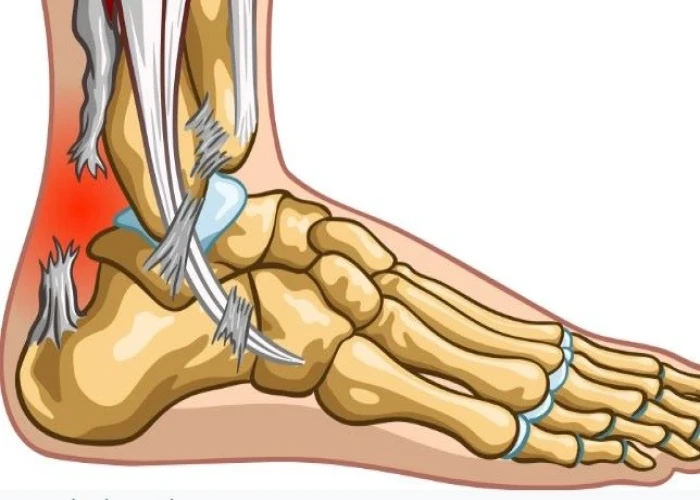
Median arcuate ligament syndrome (MALS)
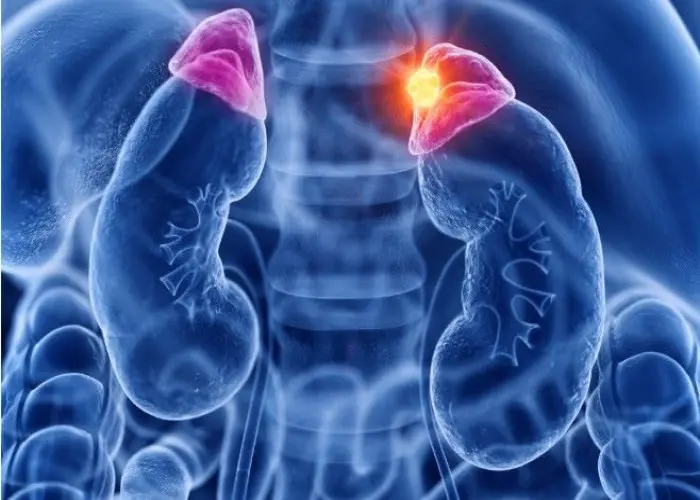
Cushing syndrome
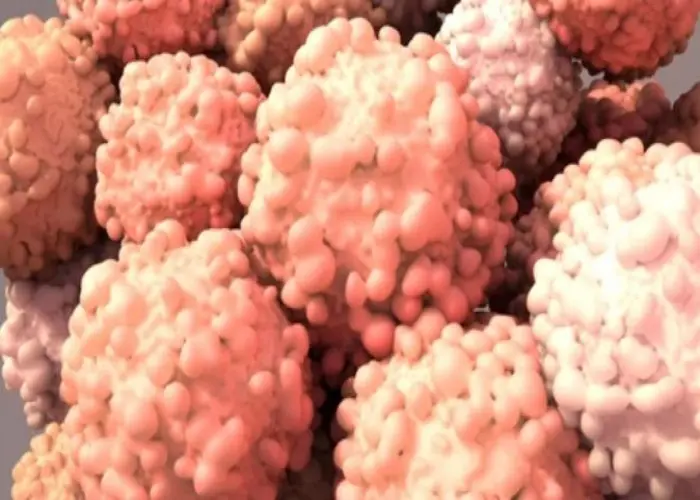
Brain metastases

Pulmonary fibrosis
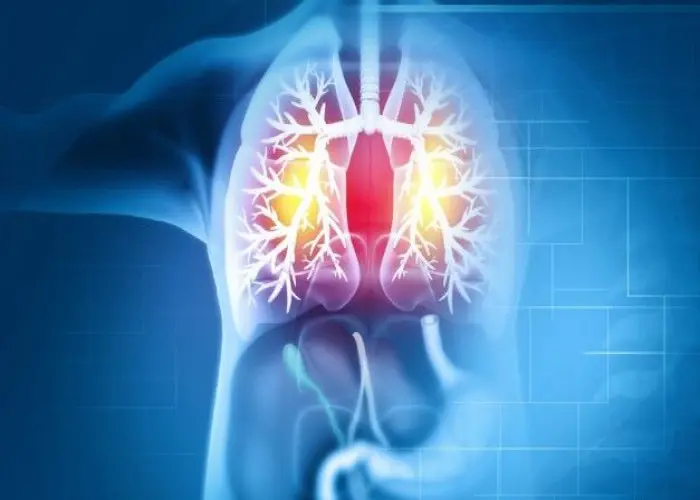
Interstitial lung disease

Gastroesophageal reflux disease (GERD)

Soft tissue sarcoma
Cervical dystonia, Cervical dystonia treatment, জরায়ু ডাইস্টোনিয়া
To be happy, beautiful, healthy, wealthy, hale and long-lived stay with DM3S.
